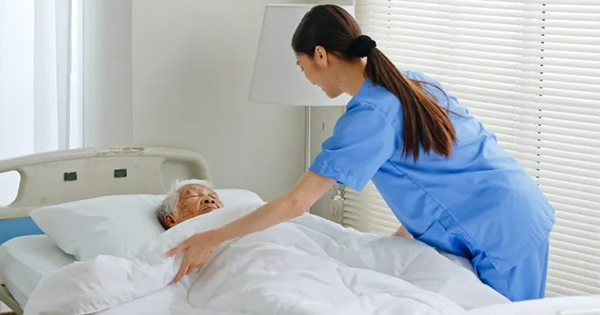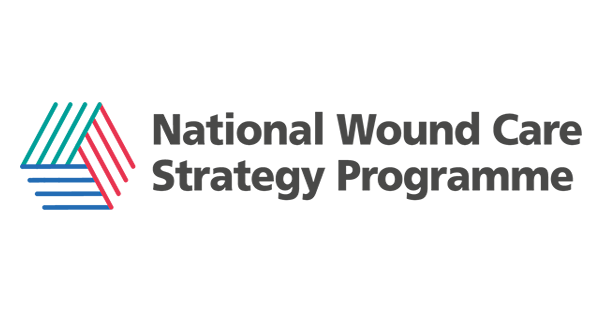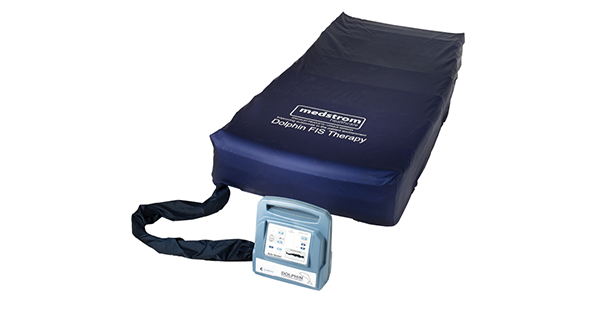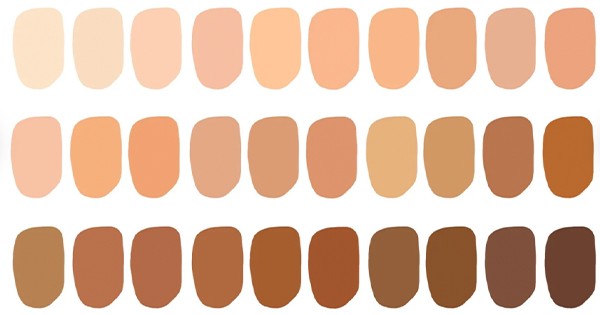The PUIN meets monthly with the Acute Quality Improvement team to discuss and compare PU figures (measured as rate/count). This helps to identify areas with higher incidence/hot spots, focus where support may be required and find out what this support may involve. The PUIN is able to provide context to incidents and discuss where reviews have been carried out and findings recorded.
Monitoring and identifying ‘hot spots’
Part of the monitoring process is to identify ‘hot spots’. A ‘hot spot’, is currently defined as a ward or area with three or more Grade 3 PUs, or a total of five PUs in a month. A Situation, Background, Assessment and Recommendation (SBAR) tool is used to document review findings, which are then forwarded to the relevant Senior Charge Nurse (SCN) and Clinical Nurse Manager (CNM). The SBAR review includes a breakdown of body location and grade of PUs and includes any patterns identified. Additionally, common findings from recent PU reviews carried out by PUIN are also included. Following that, the aim is to meet and discuss SBAR, as well as provide support with any training needs that may arise.
Investigation of PU events
Notifying all PUs through the DATIX system (Owusu and Sathiavageeswaran, 2023) allows the PUIN to have an oversight of all PU events. Thereafter, the PUIN carries out a PU review of all events including Grade 3 and 4 PUs, Suspected Deep Tissue Injuries (SDTI) and ungradable reported events. These events are classified as ‘consequence 4/5’ (as per severity consequence matrix on DATIX), indicating that they are more significant and require a robust review.
The PUIN carries out a robust PU investigation using a structured tool. This includes several questions, such as on risk assessments, care planning, equipment and management, to determine and record any learning that can be taken from the event; additionally, from patient case notes, a summary that includes skin-related findings and pressure area care and planning is also generated.
The PUIN then plans to meet and discuss the review with the SCN; this discussion also includes any newly identified learning needs that can be shared with the SCN’s team. This discussion allows for timely, constructive feedback to identify educational needs, improve quality and provide structured support. The PU review is then sent to the Adverse Events Review Group (AERG) for a decision on the next steps.
Acute involvement of the AERG
Weekly attendance at the AERG allows the PUIN to discuss and provide feedback on the PU events scheduled on the week’s agenda. The AERG has provided feedback indicating that this robust investigation helps them make decisions on the event regarding the Duty of Candour, determine if all required care was provided in each case and identify any gaps. This process results in a decision of either Ward-Level Review, Local Management Team Review or Significant Adverse Event Review (SAER). A ‘significant adverse event’ is defined as an adverse event that is classified as a consequence 5 event and has contributed to a patient’s death. Often, the PU review is considered a comprehensive review of the event, with no requirement for further reviews to be undertaken.
Figure 1 shows the process improvement when the PU investigation tool was merged with the adverse event decision making form, thus negating the need for a separate SBAR to be sent to the AERG. From the commencement of the PUIN role in February 2022 to the merging of the PU tool in September 2022, our data demonstrate an improvement in the escalation process, allowing timelier reviews and decision making for these events.
PU Local Management Team Review papers are also sent to the PUIN for review to ensure the papers are accurate and reflective of each event, with appropriate actions and recommendations listed.
SDTI follow up
SDTIs are currently regarded as a ‘consequence 4 event’ and progress to the AERG for further decision making. SDTIs are defined as the ‘still-unknowns’ and may change in appearance over time, either completely resolving, or potentially evolving into deeper damage. For more details, see the reference: European Pressure Ulcer Advisory Panel, National Pressure Injury Advisory Panel, Pan Pacific Pressure Injury Alliance (2019). The PUIN wished, as part of her role, to establish the outcome of SDTI. This, in turn, helped streamline PU events, which would previously all have gone to the AERG. Figure 2 shows these results for 2022 and 2023.
This process involves the PUIN, where possible, regularly reviewing the affected area to check for any changes or having conversations with other healthcare professionals to determine the potential outcome and/or grade. This has been a useful process, as many of the SDTIs do resolve with no evidence of skin or tissue breakdown; therefore, these SDTIs get rejected as adverse events. Grade 2/mucosal PUs do not require escalation to the AERG and are investigated at the ward level, thus reducing overall workload.
The PU Collaborative
Within the aforementioned health board, there is currently a PU Collaborative involving several wards across both acute sites. The PUIN is actively involved throughout and has been supporting with the testing and rollout of new care round charts, an adapted version of the Greater Glasgow and Clyde (GGC) Health Board’s PU risk assessment tool (PUDRA), and other small tests of change. These include a PU discovery sticker/skin inspection on admission and discharge stickers, a PU coordinator and ’15-at-15’ training sessions. The Collaborative is running over an 18-month period, with the PUIN also being involved in the planning and production of shared learning events.
PU Champions
A PU and moisture lesion competency assessment was adapted from GGC’s version, and staff from ward areas were identified to become ‘PU Champions’. This involved the member of staff being provided with a pack of resource materials, including a prerequisite to watch locally produced videos, read local PU guidelines and complete the National Education for Scotland (NES) LearnPro module – ‘Prevention and Management of PUs’. Once these requirements were completed, the member of staff completed a competency assessment. If deemed competent, the staff member was made a ‘PU Champion’ for their clinical area.
There is an expectation that the champion would, thereafter, go through the competency assessment with other members of their team, thus spreading knowledge and learning.
Bespoke training
The PUIN assists with bespoke training, as requested. This has included participating in organised Quality Improvement events, Tissue Viability study days and other area-specific training events via multifaceted training delivery methods.
Currently, this is a secondment post and, while we await confirmation of future funding, we strongly hope that this initiative will continue and allow further role development and sustained improvement around PU prevention processes and outcomes.





